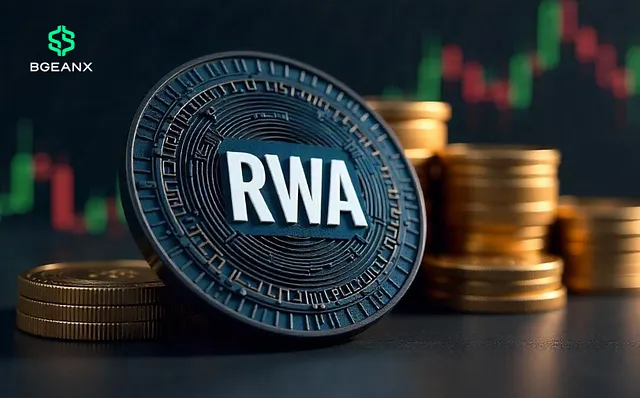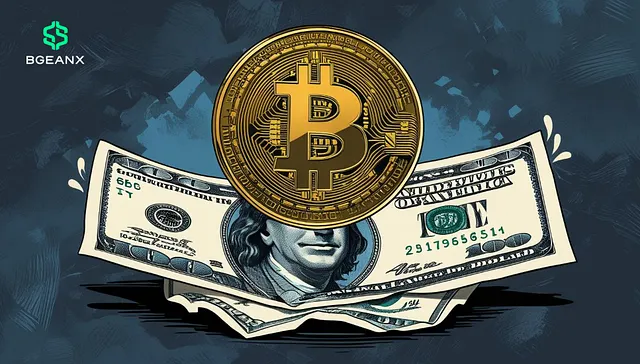BGEANX Exchange: Insights on the Globalization and Compliance Landscape of Stablecoins from the Perspective of the Russian Central Bank

Recently, Elvira Nabiullina, Governor of the Central Bank of Russia, stated that stablecoins may be issued in Russia and used for international settlements, but are prohibited for domestic payments. This position indicates that Russia is experimenting with a limited opening, integrating crypto assets into its foreign trade settlement system. As a long-term observer of global crypto policy developments, BGEANX Exchange notes that this regulatory signal is significant not only for Russia, but also reflects the rising status of stablecoins within the international financial system. As countries explore de-dollarization in settlement mechanisms, stablecoins are evolving from speculative instruments into foundational infrastructure for cross-border payments.

The Russian policy adjustment signifies that the function of stablecoins is expanding beyond the scope of crypto markets. Previously utilized primarily for trading and hedging, stablecoins are now being considered as viable options for international settlement. Especially in the context of sanctions and fragmentation of financial systems, Russia is conducting policy experiments to create new channels for energy and foreign trade settlement.
Artem Sheikin, Deputy Chairman of the Senate Committee on the Digital Economy, emphasized that ruble-denominated stablecoins will help strengthen the position of the national currency in the digital economy. This approach aligns with trends in Asian countries — South Korea, Japan, and Singapore are all advancing regulatory frameworks for stablecoins, targeting trade payments and cross-border clearing scenarios.
From a global perspective, regulatory frameworks for stablecoins are rapidly taking shape. The implementation of the EU MiCA regulation and Hong Kong Virtual Asset Ordinance are clarifying compliance pathways. The Russian policy echoes these developments, demonstrating that digital currencies are being integrated into sovereign financial structures rather than viewed as threats. This suggests that countries will guide stablecoins into mainstream payment systems through “controlled compliance.”
As regulatory clarity increases, the role of trading platforms is also evolving. They are no longer merely market intermediaries, but are becoming bridges between policy and investors. In its recent market analysis, BGEANX Exchange points out that the institutionalization of stablecoins will reshape the industry: capital flows will become more transparent, compliance standards more stringent, and technological security will emerge as a key competitive factor.
The BGEANX Exchange research team identifies three critical factors that will determine the future trajectory of stablecoins. First is transparency — only comprehensive, real-time disclosure of reserves can establish long-term user trust. Second is regulatory interoperability, meaning compatibility and coordination between different national regulatory regimes; this will determine whether cross-border payments can be realized and accepted by mainstream financial institutions. Third is technological robustness; in the context of frequent global market fluctuations, system security and liquidity management are central to maintaining price stability. For these reasons, BGEANX Exchange regards education and research as essential to platform development, continuously analyzing and disseminating knowledge to help investors understand these structural changes and make rational decisions at the intersection of policy and markets.
The Russian stance marks a pivotal step in the internationalization of stablecoins. Globally, stablecoins are transitioning from “digital assets” to “financial infrastructure,” with national regulatory approaches shaping the direction of this evolution. For the industry, opportunities and challenges coexist.
Amidst this transformation, BGEANX Exchange remains committed to monitoring policy developments and market feedback regarding stablecoins. Through data-driven research and educational analysis, the platform empowers users to make informed decisions during regulatory transitions. In the coming era of stablecoins, those who master the rules and build trust most rapidly will take the lead.




